Seeing the Remnants of Auschwitz First-Hand
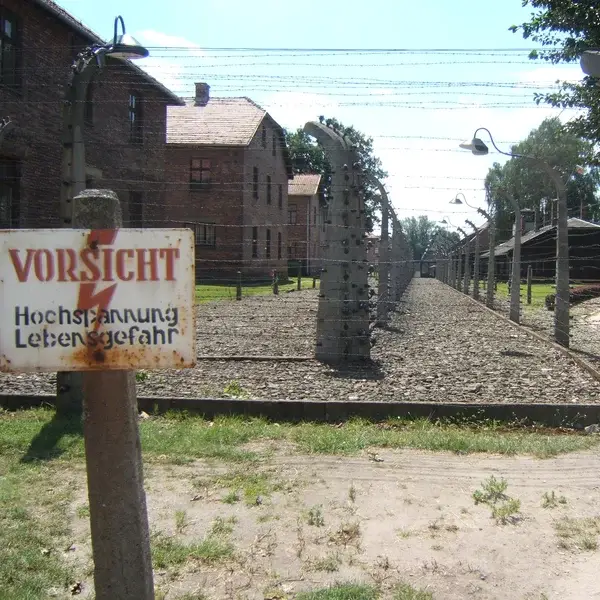
More than one million people died at the Aushwitz death camp in the 1940s. It originally held Polish political prisoners – doctors, lawyers, and professors.
More than one million people died at the Aushwitz death camp in the 1940s. It originally held Polish political prisoners – doctors, lawyers, professors, and such. It later evolved into a killing house when the Germans’ plan to purge the region of Jews failed.
Palestine and other countries around the world refused to accept Jews as immigrants, so the Germans rounded them up and sent them to the camp. There they died either by gassing, hard labor, or starvation.
Hell on earth
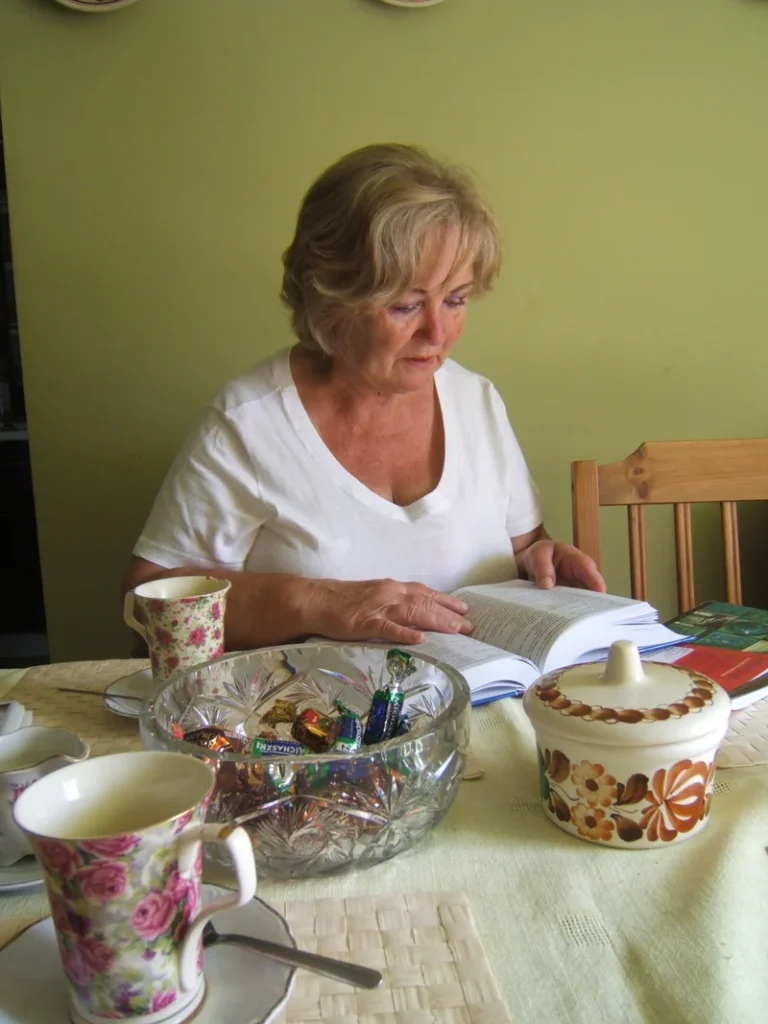
My hostess searching for a word in her Polish-English dictionary. 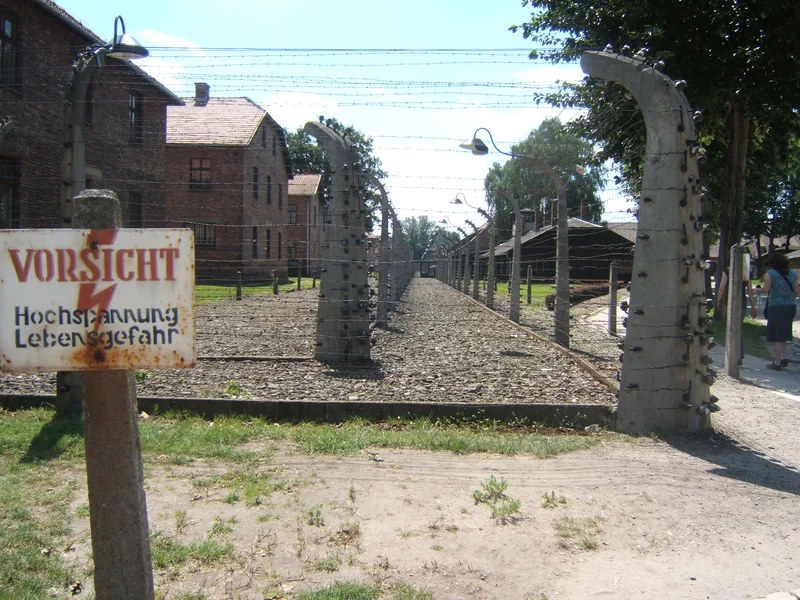
Prisoners’ barracks surrounded by electric fences 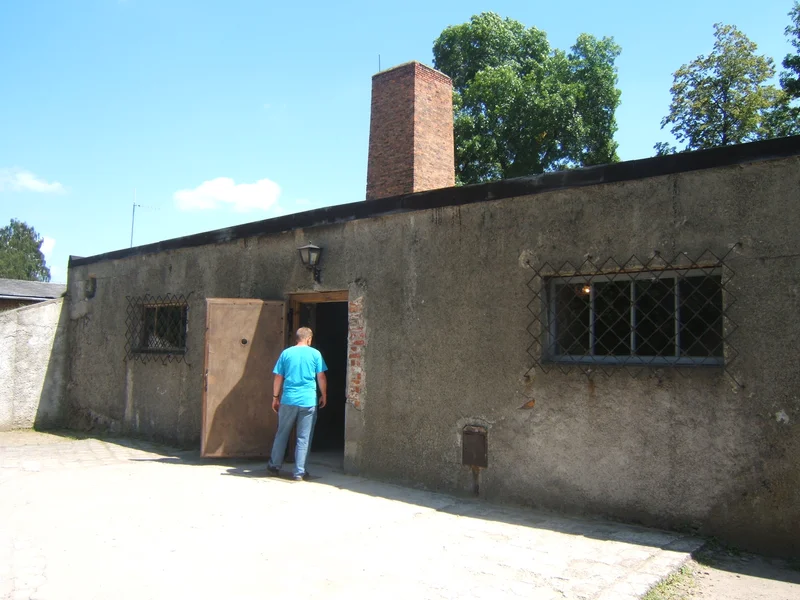
Entering the gas chamber — no indoor pictures were allowed.
A map showed how far people were transported to the camp in cattle cars. Some came from 2000 km (approximately 1200 miles) away, so it’s no wonder many died enroute. Once they arrived, life turned into hell on earth.
Upon deboarding the trains, authorities immediately sorted the Jews by their ability to work – they sent the able-bodied to the left and most children, the sick, and the aged to the right. Those people were gassed under the guise of having showers.
One’s job assignment largely determined chance of survival. For instance, an office job would require less physical output, therefore starvation was less likely than if doing strenuous manual labor. Outside contacts also played a role: Polish prisoners could receive care packages from family members while Jewish prisoners could not.
Various signs told the story along the tour: “Corpses of those killed trying to escape were left in this place as a warning to others.” “Roll call took place here, sometimes lasting a dozen hours or more.” “Hundreds of people died working in the quarry at this point; others were executed.”
Watchtowers enabled guards to watch all movement in the lanes between the barracks, and electric fences kept people from escaping, although some prisoners committed suicide by deliberately running into them.
Personal belongings confiscated
Inside the museum, we saw collections of prisoners’ shoes, clothing, eyeglasses, toothbrushes, hair brushes, and even human hair. Nothing was wasted – human hair, for instance, was stuffed into large bales and shipped away to be made into mattresses and blankets and other products. Unbelievable.
The prisoners’ personal belongings were collected, sorted, and stored in warehouses until they could be shipped to Germany for distribution. Interestingly, these storage warehouses were nicknamed “Canada” because they were a symbol of affluence.
The gas chamber
Perhaps the most sobering moment for me was stepping inside the gas chamber where several candles burned beside three floral bouquets. A sign at the doorway asked everyone to be silent to honor those who had died there.
As often as the Germans deemed necessary, 800 men, women, and children were told to strip and then jammed into this small enclosure. A soldier would open a canister of poison and drop it through a hole in the roof. Everyone died within 20 minutes. Before the bodies were incinerated, other prisoners were forced to shave the heads and extract all gold teeth.
I believe the horror witnessed in this room will never be fully comprehended. It is said that, if the cremations had been a faster process, the number of people gassed would have been much higher.
Save us from ourselves
One prayer ran through my mind over and over as I toured this site: “God, save us from ourselves.” The depravity of mankind, the evil of the human heart defies comprehension. It’s no wonder we need a Savior.
Know you are loved,
Grace
Let’s grab a coffee!
Subscribe to my newsletter — Coffee with Grace — and join me for a few minutes with a coffee (or tea…) to sit down and put our feet up.

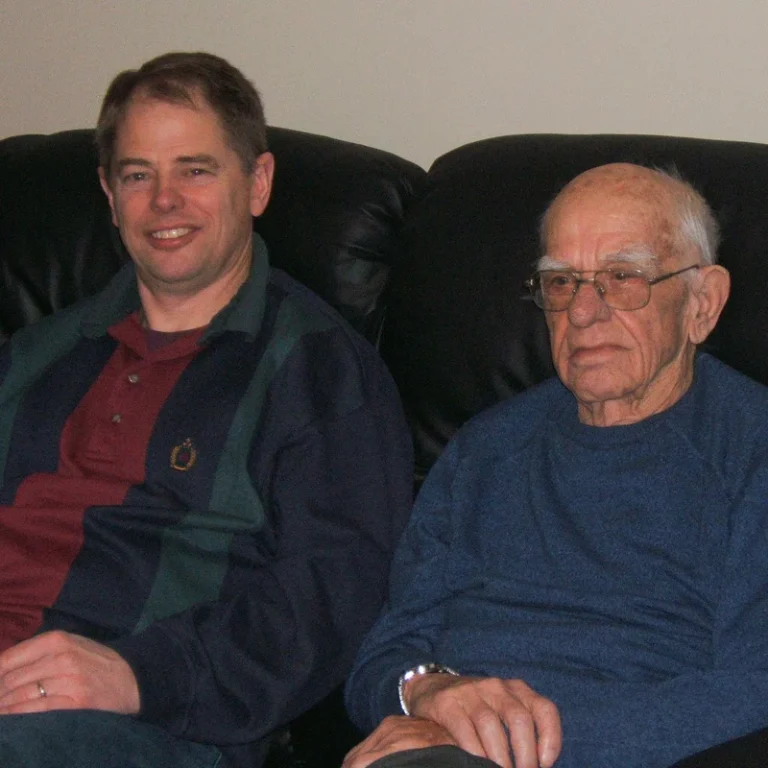
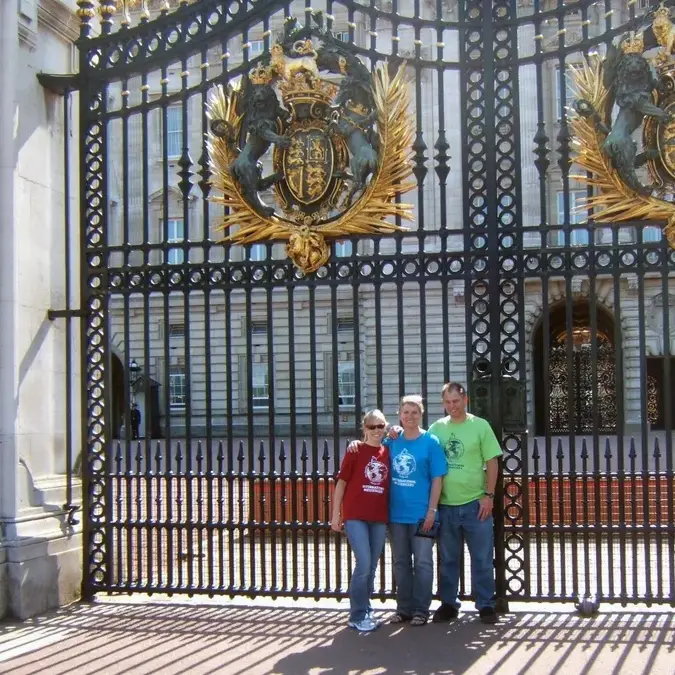





We do indeed need a Savior, don’t we? It must have been hard to see Auschwitz, Grace. We hear the stories, but to see the actual place makes it far more real for us. And atrocities like that still continue today (i.e.Rwanda). The human heart does not change on its own. We need the Savior.